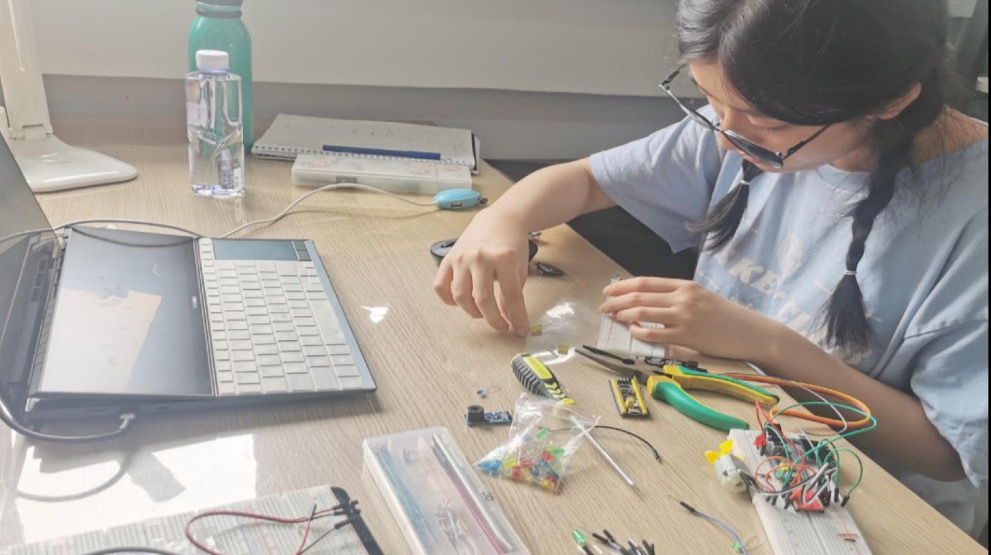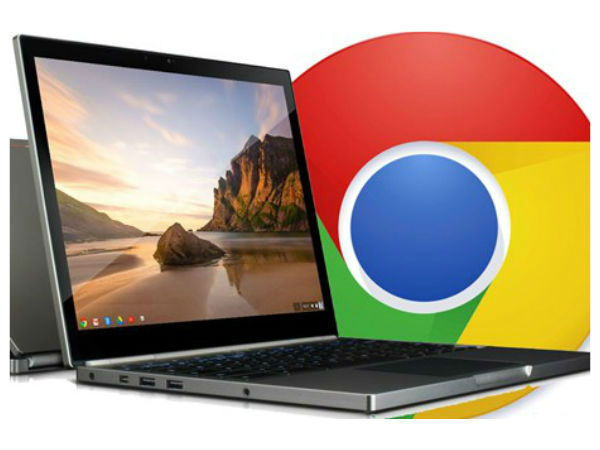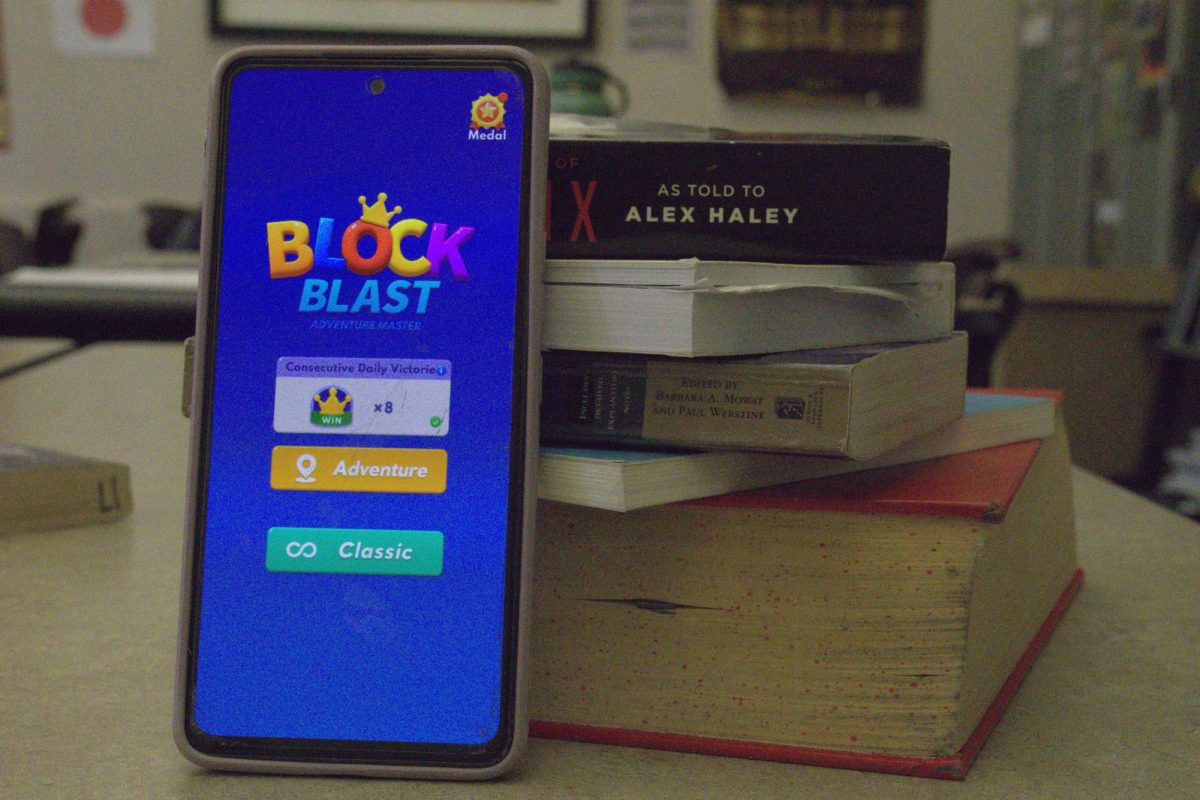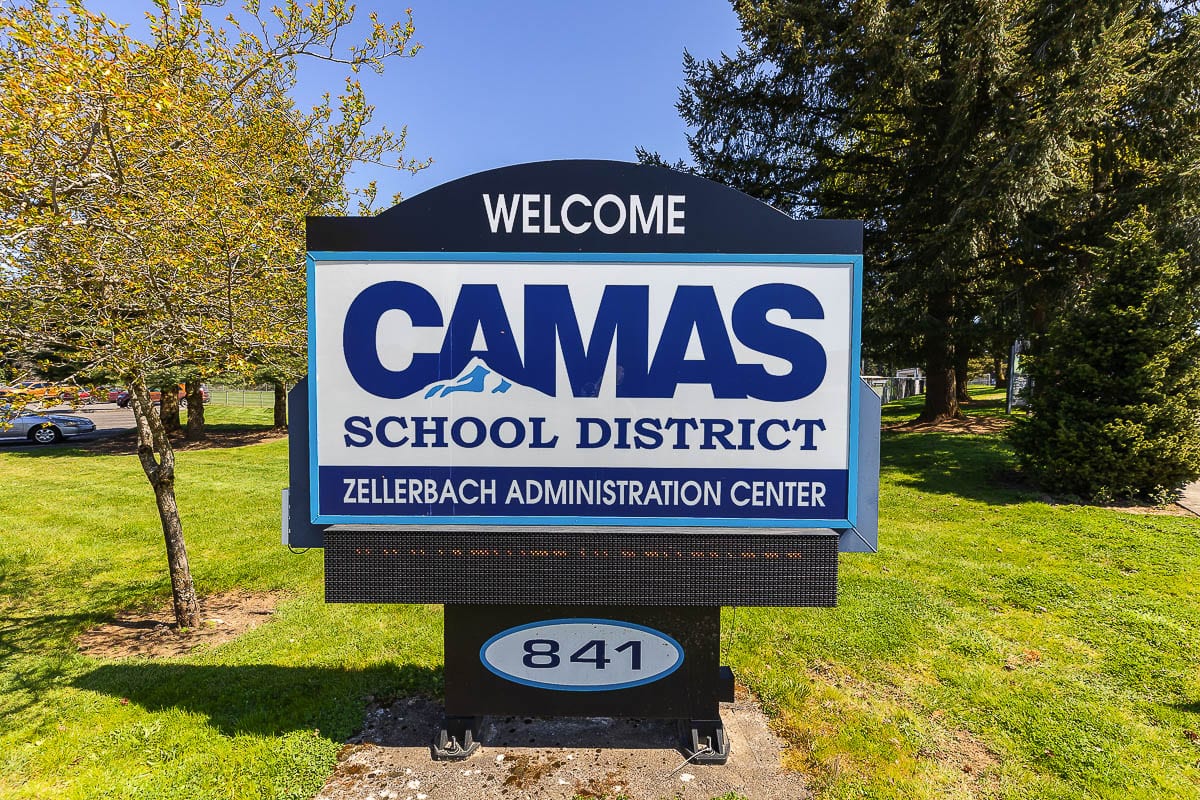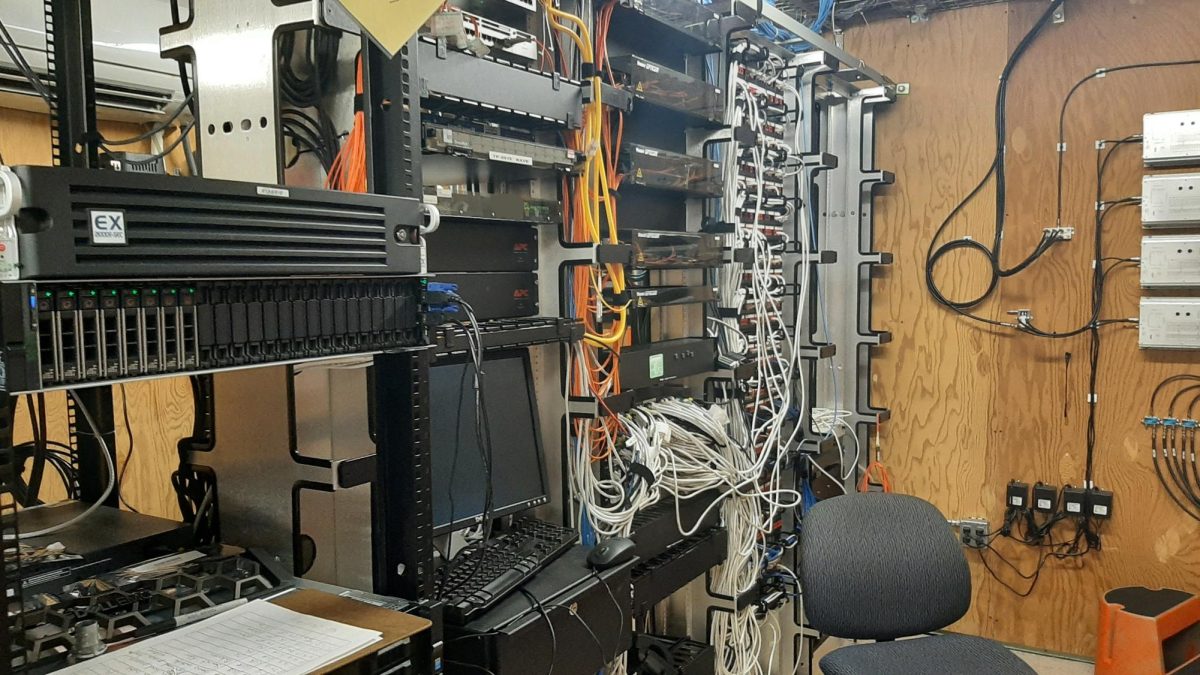The One:World program in the Camas School District means each student has their own Chromebook starting this year. So far, the program is off to a productive start; however, not everyone is on board.
School district leaders announced the initiative, funded by the technology levy, last year. It cost more than $1,000,000, and around 5400 Chromebooks were purchased. Each student from sixth to twelfth grade in the Camas School District has their own Chromebook to use in class and at home; third through fifth graders have carts in their classrooms.
Meghan Johnson, a teacher who supports other teachers with technology, says the One:World program is not only about the Chromebooks. “Equity was also a factor. While many families have a device at home, not all do. Students with a computer at home often stated it was shared between all family members and access was limited. We wanted to make

sure all students had anytime access to learn.”
During the Chromebook pilot last year, the freshman all received Chromebooks. The move evolved the Chromebook carts from the beginning stages of technology in the classroom into the next step. Sophomore Josh Meinhold stated that the One:World Initiative at Camas is now “More useful as the year goes on, now that teachers are prone to using Google Classroom.” Senior Anna Brown likes “the Chromebooks because you can work on stuff during lunch and class and at home.” Students are allowed to use Chromebooks during lunch and during free time in the classroom which makes getting work done easier and more efficient.
Every aspect of the program, however, is not off to as smooth a start as some hoped. Seniors Morgan Keilty and Jacqueline Purwins think money going to the program could have been used more productively elsewhere. Not only that, but they say the Chromebook’s case is cumbersome. That complaint is echoed in freshman Madeline Ogle’s words, “They can be a real hassle when you have a bunch of stuff to carry and you can’t fit in in your backpack.” Chromebooks themselves are not too heavy, but the cases the students are forced to carry them around in are hefty and awkward. Librarian Terri Dickinson has already had to work with broken Chromebooks because “Chromebooks are fragile and students are not using the cases.” These cases are heavy duty and will protect the Chromebooks but library assistant Terri Dickinson has already had to work with broken Chromebooks
Librarian Terri Dickinson has already had to work with broken Chromebooks because “Chromebooks are fragile and students are not using the cases.” These cases are heavy duty and will protect the Chromebooks but library assistant Terri Dickinson has already had to work with broken Chromebooks because, “Chromebooks are fragile and students are not using the cases.” Students say attempting to fit them in a backpack while still carrying their textbooks and binders around is a problem.
Using Chromebooks is a helpful tool to keep all of a student’s work in one place, but it also has the downside of being overused. Sophomore Kyleah Garrett writes one issue with the Chromebooks is that “everything we do for school now, at least in my classes, is technology based.” Kyleah also writes her beliefs that “Doing things online may not be very easy for some students to comprehend so I think it’s important to balance out online and textbook curriculum.” Staring at a screen to learn math and read books can cause difficulties for students who prefer more traditional styles of learning.
Chromebooks are not going away, there will be more development of technology in the classroom as schools catch up with the modern world. Technology makes assignments more easily accessible, and students now hope the District leaders will be able to work on the program as it evolves to iron out the wrinkles.





























